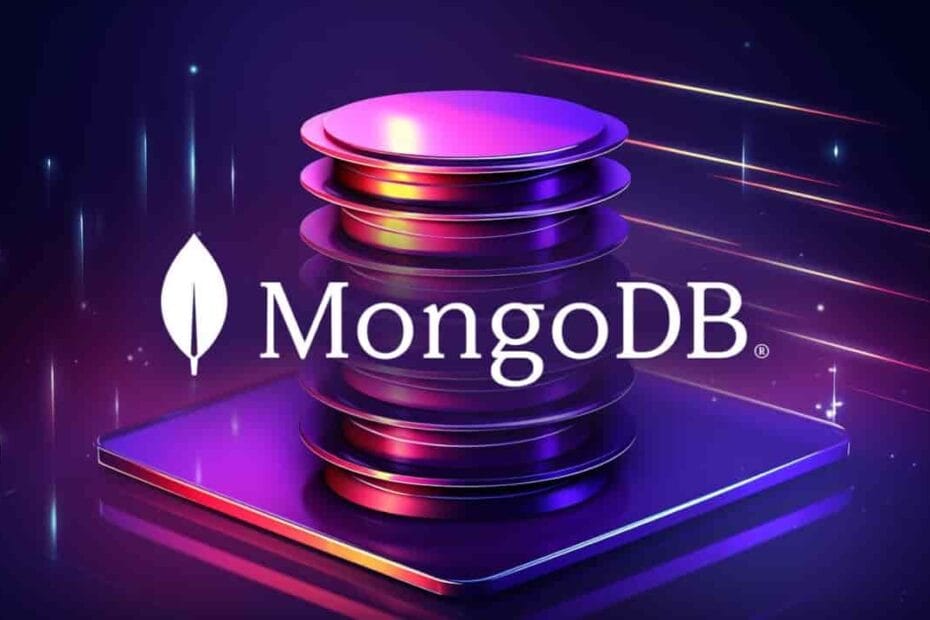In the modern era of technology, the demand for flexible, scalable, and high-performance databases has soared. MongoDB, a popular NoSQL database, has emerged as a go-to solution for businesses and developers building dynamic, data-driven applications. This blog explores MongoDB in detail, including its features, advantages, use cases, and why it has become a favorite among developers.
What is MongoDB?
MongoDB is an open-source, document-oriented NoSQL database designed for storing and retrieving large amounts of unstructured or semi-structured data. Unlike traditional relational databases that store data in rows and columns, MongoDB uses a flexible JSON-like format called BSON (Binary JSON), making it ideal for modern applications requiring high scalability and agility.
Key Features of MongoDB
1. Document-Oriented
MongoDB stores data in the form of documents, which are JSON-like objects. Each document can have a unique structure, allowing for flexibility in data representation.
2. Schema Flexibility
With MongoDB, there is no need to define a fixed schema. This feature allows developers to evolve data models without disrupting existing data or applications.
3. Scalability
MongoDB supports horizontal scaling through sharding, where large datasets are distributed across multiple servers, ensuring better performance and high availability.
4. High Performance
Designed for real-time applications, MongoDB delivers fast read and write operations, even with massive datasets.
5. Rich Query Language
MongoDB offers a powerful and expressive query language, allowing developers to filter, aggregate, and analyze data with ease.
6. Indexing
MongoDB supports various types of indexing, including single-field, compound, and geospatial indexes, to speed up query execution.
7. Replication
MongoDB ensures data availability and redundancy through replica sets, where multiple copies of data are maintained across servers.
8. Aggregation Framework
The aggregation framework in MongoDB allows advanced data processing and transformations, similar to SQL’s GROUP BY and JOIN operations.
Advantages of MongoDB
- Ease of Use
- MongoDB’s simple and intuitive query syntax is easier to learn compared to SQL.
- Flexibility
- With its schema-less design, MongoDB supports dynamic and evolving data structures, making it ideal for modern applications.
- Open Source
- MongoDB is open source, reducing costs and fostering community-driven innovation.
- High Availability
- Replica sets ensure data is always accessible, even in the event of server failures.
- Fast Development
- MongoDB’s flexibility and support for diverse data types accelerate application development.
- Cloud-Native Integration
- MongoDB Atlas, the cloud-based version, provides a fully managed database service for seamless deployment and scaling.
Use Cases for MongoDB
MongoDB is versatile and can be applied across various industries and use cases. Here are a few examples:
1. Content Management Systems (CMS)
- With its schema-less nature, MongoDB is perfect for managing unstructured data like articles, blogs, and multimedia.
2. E-commerce Platforms
- MongoDB handles dynamic catalogs, user data, and real-time inventory tracking efficiently.
3. Real-Time Analytics
- MongoDB’s aggregation framework is ideal for applications requiring real-time insights, such as IoT dashboards and financial analysis.
4. Mobile and Web Applications
- It supports fast reads and writes, making it suitable for apps requiring high responsiveness.
5. Big Data Applications
- MongoDB scales horizontally, making it a great choice for managing large-scale datasets.
6. Gaming Applications
- MongoDB efficiently manages user profiles, leaderboards, and game states.
MongoDB Architecture
MongoDB’s architecture is designed to handle distributed data and ensure high availability. Here are its main components:
- Database
- A MongoDB database is a container for collections.
- Collections
- Collections are analogous to tables in relational databases and hold documents.
- Documents
- A document is a JSON-like object that stores data. Each document has a unique _id field.
- Replica Sets
- These are groups of MongoDB servers that maintain the same data, providing redundancy.
- Sharding
- Sharding allows the distribution of data across multiple servers, enabling horizontal scaling.
Comparison: MongoDB vs. Relational Databases
| Feature | MongoDB | Relational Databases |
| Data Model | Document-oriented | Table-based |
| Schema | Dynamic, flexible | Fixed schema |
| Scaling | Horizontal (sharding) | Vertical |
| Query Language | BSON-based | SQL |
| Performance | Optimized for large datasets | May slow with unstructured data |
| Transactions | Limited support for ACID initially | Full ACID compliance |
Why Choose MongoDB for Your Project?
- For Dynamic Applications: MongoDB’s schema-less structure is ideal for projects with frequently changing data models.
- For Large-Scale Systems: Its sharding and replication capabilities make it suitable for high-volume applications.
- For Fast Development Cycles: MongoDB simplifies the development process, enabling faster time-to-market.
MongoDB is a powerful and versatile database solution tailored for the demands of modern applications. Its flexibility, performance, and scalability have made it a favorite for developers across industries. Whether you’re building a content management system, e-commerce platform, or analytics tool, MongoDB provides the tools you need to succeed.
If you’re looking to leverage MongoDB for your next project, hiring experienced developers can make a significant difference. Whether it’s optimizing database architecture or ensuring efficient queries, MongoDB experts can guide your application to success. https://orgodigital.com/

